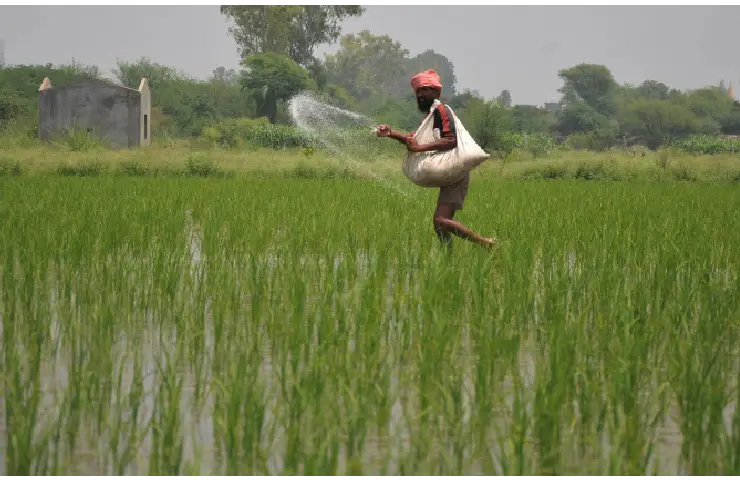Working for decades in a remote region of Brazil’s Amazon rainforest, researchers studying birds, became aware of a startling yet subtle change among the birds – they were shrinking.
In a span of four decades the birds had reduced in mass – as several of them had foregone two per cent of their average body weight in every decade — as per the report of the researchers in Science Advances issue of November 12, according to sciencenews.org article.
Coupling with this, the wings of some species had become longer. Alterations such as these, scientists feel is in tune with a hotter and changing climate as birds are able to stay cool with bodies that are leaner and efficient.
Commenting on this Ben Winger, a University of Michigan ornithologist said: “Climate change isn’t something of the future. It’s happening now and has been happening and has effects we haven’t thought of.”
Winger though was not part of the research, has studied this type of reduction in migratory birds. Having seen similar patterns in several species of birds he said it “speaks to a more universal phenomenon”.
There is a relationship between size of the body and temperature. Where it is cold, it helps living beings to be big as having smaller surface area relative to one’s volume helps in lessening loss of heat from skin and thereby keeping the body warmer. With the climate turning to be warm, according to Vitek Jirinec who is an ecologist at the Integral Ecology Research Center in Blue Lake, California, “you’d expect shrinking body sizes to help organisms off-load heat better”.
Also read: India’s Ladakh Ice Stupas Inspire Solution For Drought In Faraway Chile
Winger and his colleagues in 2020 in Ecology Letters had reported that several species of North American migratory birds were becoming smaller. Even though pointing at change in climate as the likely cause, Winger said other factors like degraded habitats also need to be taken into account as birds which are migratory face varied conditions while going across the globe.
Having observed this change in migratory birds, data on non-migratory ones was collected and examined from 1979 to 2019 by Jirinec and colleagues in an intact area spanning 43 kilometres in Amazon. Measurements such as mass and wing length of more than 11,000 individual birds from 77 species was collected. Also the climate data of this region was studied.
The scientists found that mass had reduced over this period. The birds included Rufous-capped antthrush (Formicarius colma), which feeds on insects off the forest floor, as well as the Amazonian motmot (Momotus momota), which eats fruits. The loss among the species ranged from about 0.1 per cent to nearly 2 per cent of their average body weight each decade. For example, the motmot, had reduced to 127 grams from 133 grams over the said period.
The alterations in the size of the birds coincided with increase in the average temperature of 1 degree Celsius in the wet season and 1.65 degrees C in the dry season. Along with this there was fluctuation in temperature and precipitation. The changes such as these over the short-term like the dry or hot season, provided a better explanation for the trends in the size than a gradual increase in temperature.
Also read: Can big eating Baleen whales clean up the oceans, arrest Climate Change?
Speaking on this aspect Jirinec said: “The dry season is really stressful for birds.” The decrease in the mass of birds was most during the year after the dry and hot spells, thus lending credence to the fact that birds tended to become smaller to cope with stress due to heat.
Factors such as availability of food and its depletion could play a role but as birds who survived on different diets had reduced in mass, a more possible reason could be change in climate said Jirinec.
The length of wing in 61 species birds increased with one per cent per decade being the maximum. This as per Jirinec helps birds to become more efficient and cooler fliers. For example a fighter jet with a heavy body and wings that are compact will require tremendous power to fly while a long-winged and light glider is able to cruise far more efficiently.
Jirinec observed that, “Longer wings may be helping [birds] fly more efficiently and produce less metabolic heat”, and this may help in conditions which are hot. He qualified it by stating “but that’s just a hypothesis.”
Also read: Mexico’s mysterious Red Mangroves reveal how rising sea levels can hit environment
Change in body was more noticeable in birds who spent more time higher on the tree where the conditions are drier and hotter as compared to floor of the forest.
It is not certain if the alterations in size and shape are an evolutionary response to change in climate or response of physiological nature to warmer temperatures but it does demonstrates the impact of human activity.
Remarking on this aspect Jirinec stated: “The Amazon rainforest is mysterious, remote and teeming with biodiversity. This study suggests that even in places like this, far removed from civilization, you can see signatures of climate change.”




















